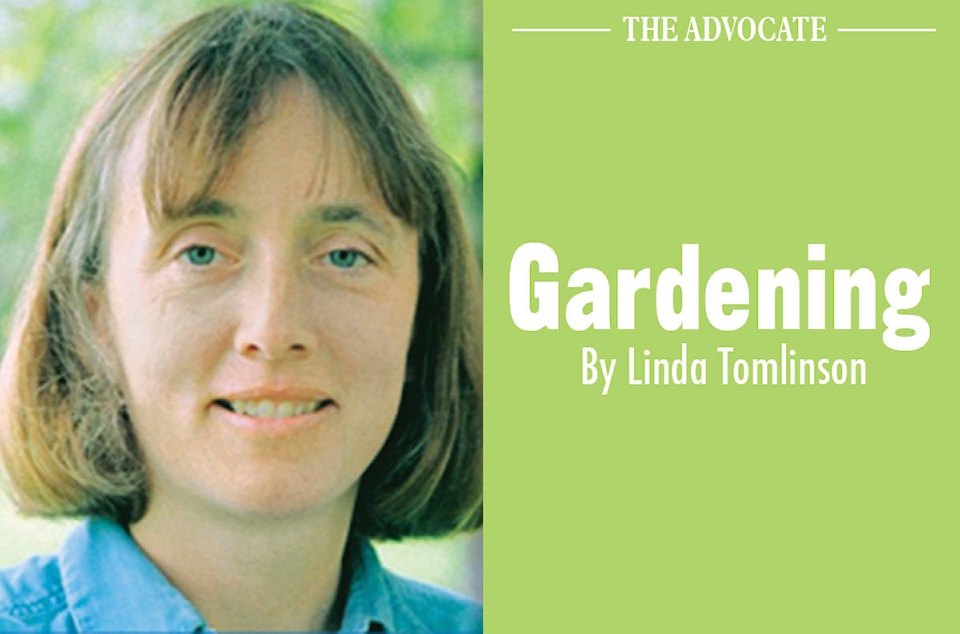The time to plant spring bulbs outside is quickly coming to a close. Spring bulbs including, crocuses, daffodils, grape hyacinths and tulips develop roots in the fall and go dormant when the ground freezes. Six week of root growth is usually necessary for the bulbs to produce flowers next spring. When planting late in the season using an insulating mulch such as leaves, mulch or snow will keep the soil warmer allowing the roots more time to grow.
When planting outside, dig a hole three times as deep as the height of the bulb. Fill the hole with water and let it recede if the soil is dry. Then add a bit of bonemeal to the bottom of the hole and place the bulb in, pointy side up. Back fill with soil pressing the soil firmly in place and mulch if desired.
Left over bulbs will not keep until next year. Even in optimum conditions they tend to dry out. All need not be lost as early or mid-blooming bulbs can be forced into bloom indoors. Forcing plants is another way of saying providing conditions that will trick the bulb into thinking that they are going through a normal life cycle.
To bloom, spring bulbs need 6 to 8 weeks in a dark, area that is just above freezing, 35 – 48 ˚ F (1-9 ˚C). Warmer temperatures or light conditions will prevent the flower from developing.
The easiest and often the most successful way to force bulbs is to plant them in a shallow pot with good drainage. Start by placing about 1 cm (1/2 inch) of moist soil on the bottom of a pot then add a layer of bulbs, pointy side up and cover them part way with soil. If the pot is deep enough, place another layer of bulbs in between the original ones, then cover with soil.
Once planted place the pots in a paper bag or box in a cool dark area. This could be a fridge, cold room or a cool corner of the garage. Forced bulbs should not be in the same area as ripening fruit. The Ethylene gas given off by fruit inhibits the bulbs blooms.
Check on the fruit as the season progresses. Water the soil when it gets dry and remove any bulb that begins to rot or mold.
Once the bulbs have a one inch (2.5 cm) sprout they should be taken out of cold storage and placed in an area that is bright but cool. When the foliage turns from yellow to green the pot can be moved to a warmer location. At this point it is possible to hasten or slow down the blooms by moving them to warmer or cooler areas. Once the bulbs start to flower placing them in a cooler area out of direct sun light will insure the blooms lasts longer.
If purchasing or selecting bulbs for forcing choose large, firm ones that are free of cuts and mould. The larger the bulb is for its variety, the easier it will be to force. Small bulbs will produce smaller blooms. Bulbs that are damaged are susceptible to disease which will then spread to other bulbs in the same pot.
Choose early blooming bulbs such as Hyacinths, Daffodils, Tulips or Crocuses to force as they bloom quicker than bulbs that bloom later in the season. Planting one variety of bulb per container produces a mass of color at one time while mixing varieties can result in blooms over a longer period of time.
Linda Tomlinson is a horticulturalist who lives near Rocky Mountain House. She can be reached at your_garden@hotmail.com
